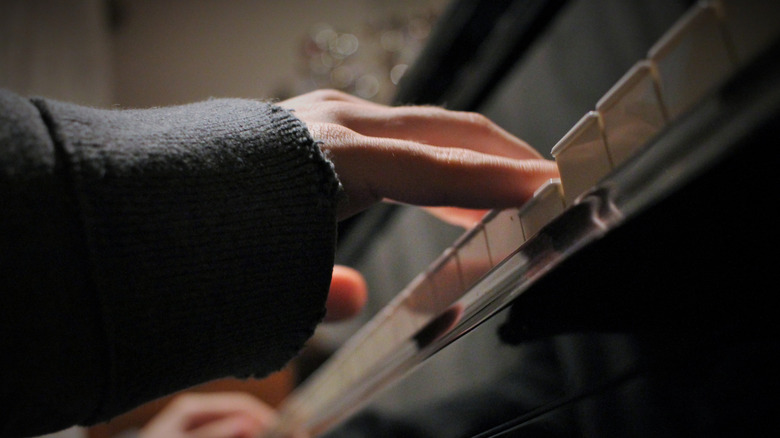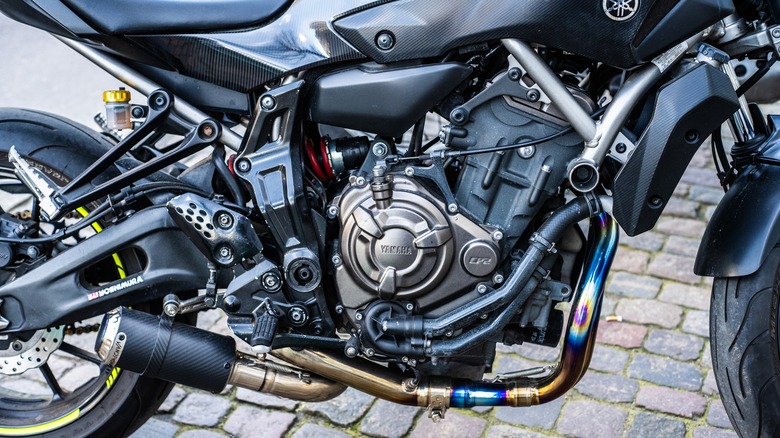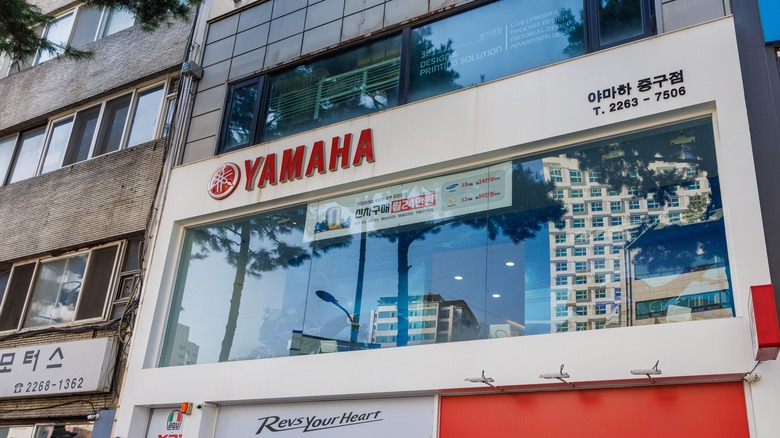How Did Yamaha Go From Building Musical Instruments To Motorcycles?
While most of us associate the Yamaha name with motorcycles, it actually first started with music. Torakusu Yamaha built his first reed organ in 1887, launching a company that became Japan's top piano and musical instrument manufacturer by the mid-20th century. The shift to motorcycles began after World War II, when Japan's economy was being rebuilt and Yamaha needed a new direction.
That direction was provided by Genichi Kawakami, president of the company (then called Nippon Gakki) in the early 1950s. With surplus wartime equipment and deep expertise in metal casting from making piano frames, Kawakami pushed Yamaha into motorized vehicles. His plan was to repurpose the company's foundries and manufacturing knowledge to build engines.
In 1954, behind closed doors, Yamaha began prototyping its first motorcycle. A year later, the YA-1 was born. It was a 125cc, two-stroke street bike inspired by Germany's DKW RT 125. The gamble paid off fast. Yamaha's first-ever bike started winning races and turned heads for its styling, making its mark on history as one of the most legendary Yamaha motorcycles ever made. By 1955, the motorcycle division was split into its own company: Yamaha Motor Co., Ltd.
The same people who cast piano frames were now building engine blocks. Same factories, new mission. The Red Dragonfly (as the YA-1 was nicknamed) proved that Yamaha's precision craftsmanship and attention to design weren't limited to music.
How piano tech helped build engine power
Making a piano sound perfect requires serious engineering. The cast-iron frame inside a grand piano supports up to 20 tons of tension from the strings. That frame needs to be strong, stable, but slightly elastic, just like an engine block.
Yamaha's casting expertise, honed for decades to create flawless, structurally precise piano frames, gave it a major advantage in building motorcycle engines. When engineers began shaping cylinder heads and engine fins, the company's precision metal-forming skills were already there. The same vacuum-based V-process casting that kept piano frames crack-free also helped Yamaha produce lightweight but durable engine parts.
Early attempts weren't smooth. Castings didn't always fit right. Some parts came out so misshapen they were compared to earthenware teapots. However, Yamaha kept refining the process, and by the time the YA-1 went to market, the final product looked as polished as it performed. It was rare for a motorcycle, especially a brand-new one from a piano company.
Two Yamahas, one legacy
Yamaha Motor and Yamaha Corporation are separate companies today, but with a shared DNA. You'll find the same logo (three interlocking tuning forks) on both a grand piano and a dirt bike. The companies also share a home base in Shizuoka Prefecture, Japan. Yamaha Motor has factories in Iwata, among other locations, while Yamaha Corporation is still headquartered in Hamamatsu.
What Yamaha did differently was embrace versatility and diversify its product offerings. It went from pianos to motorcycles, then to boats, snowmobiles, ATVs, and later, robots and industrial drones. The company that once struggled to cast a perfect engine cylinder now builds high-speed supersport motorcycles and marine engines for commercial use, and it has since gained popularity for all the right reasons.
The split may have been clean on paper, but the synergy never stopped. That's why the name stands strong across two totally different industries, and why both brands still hit the right note.


